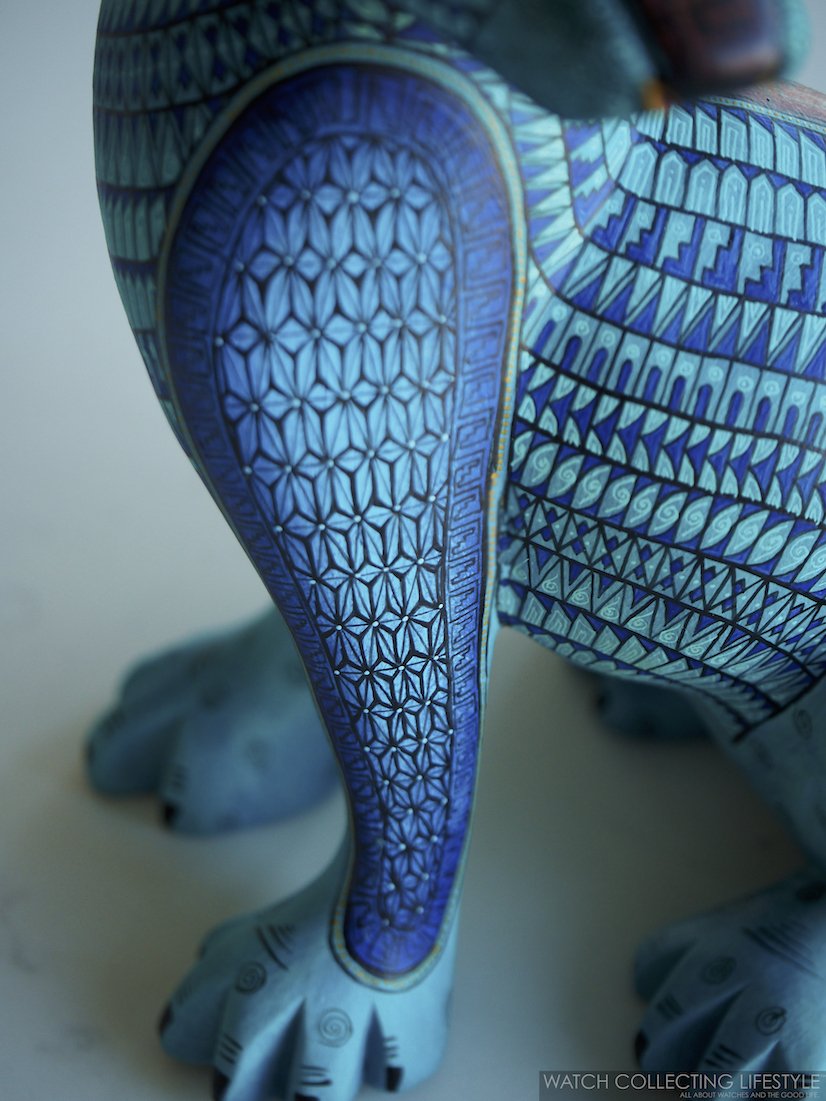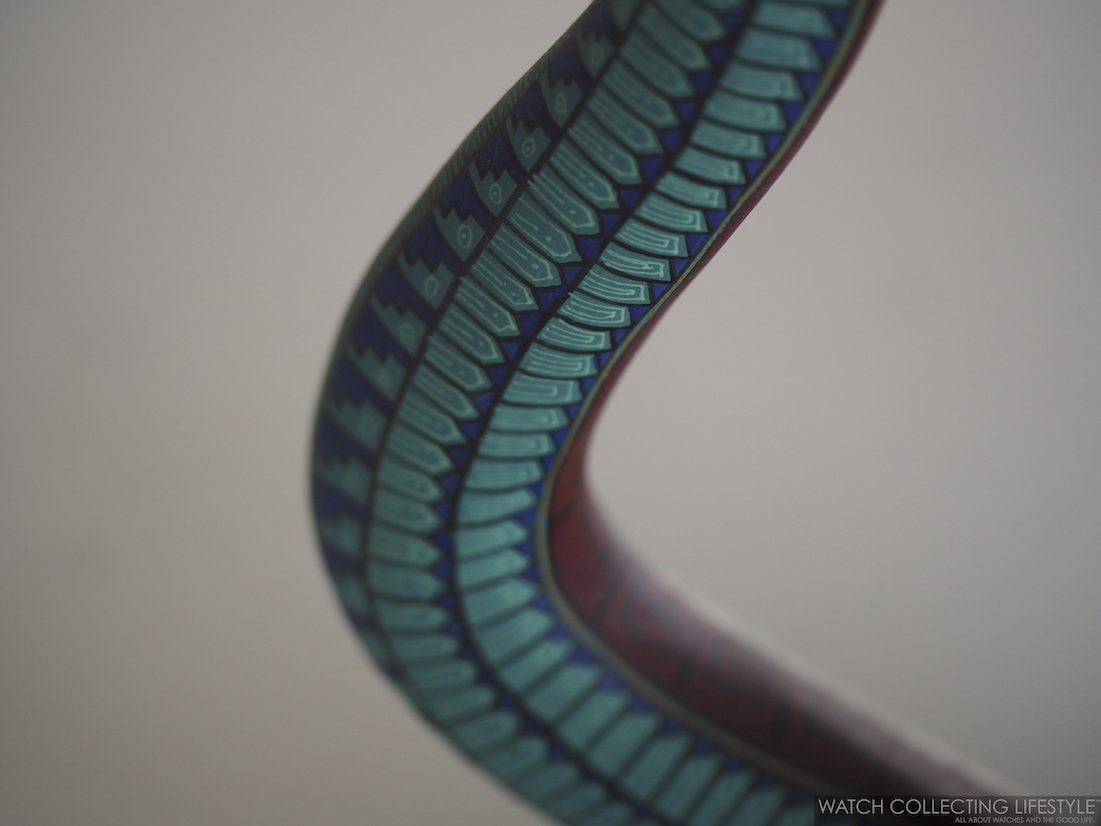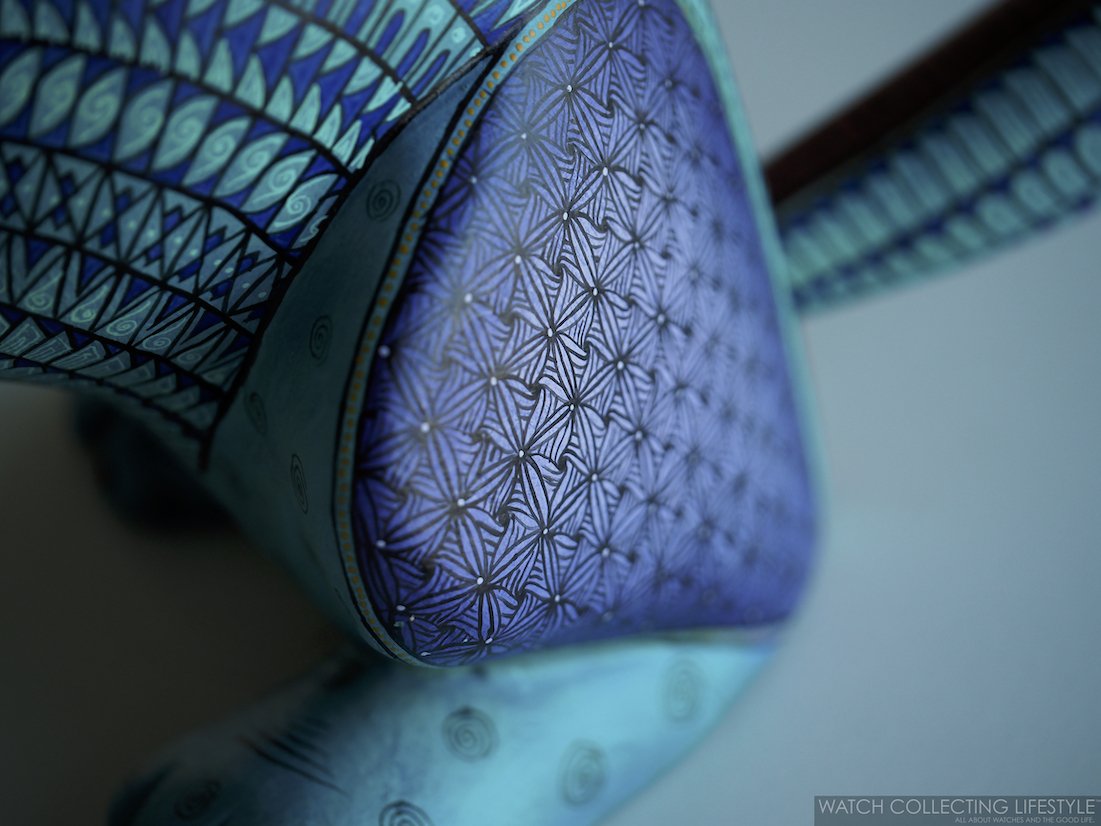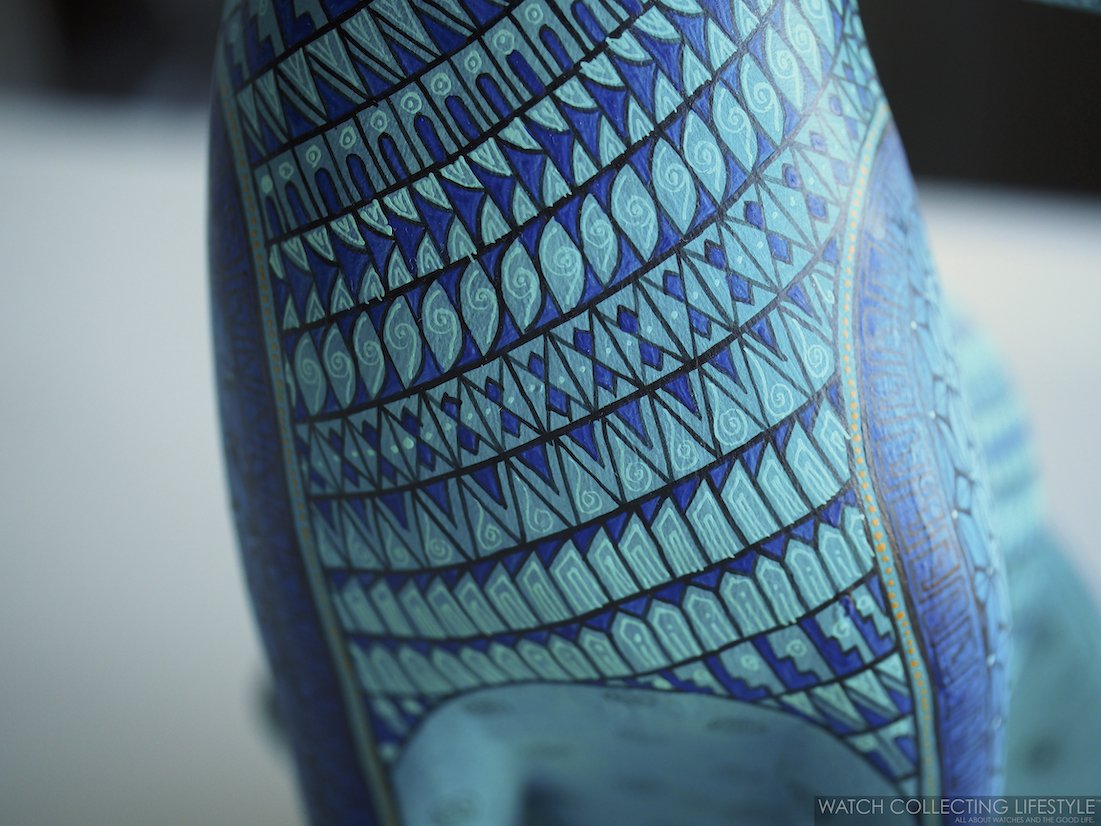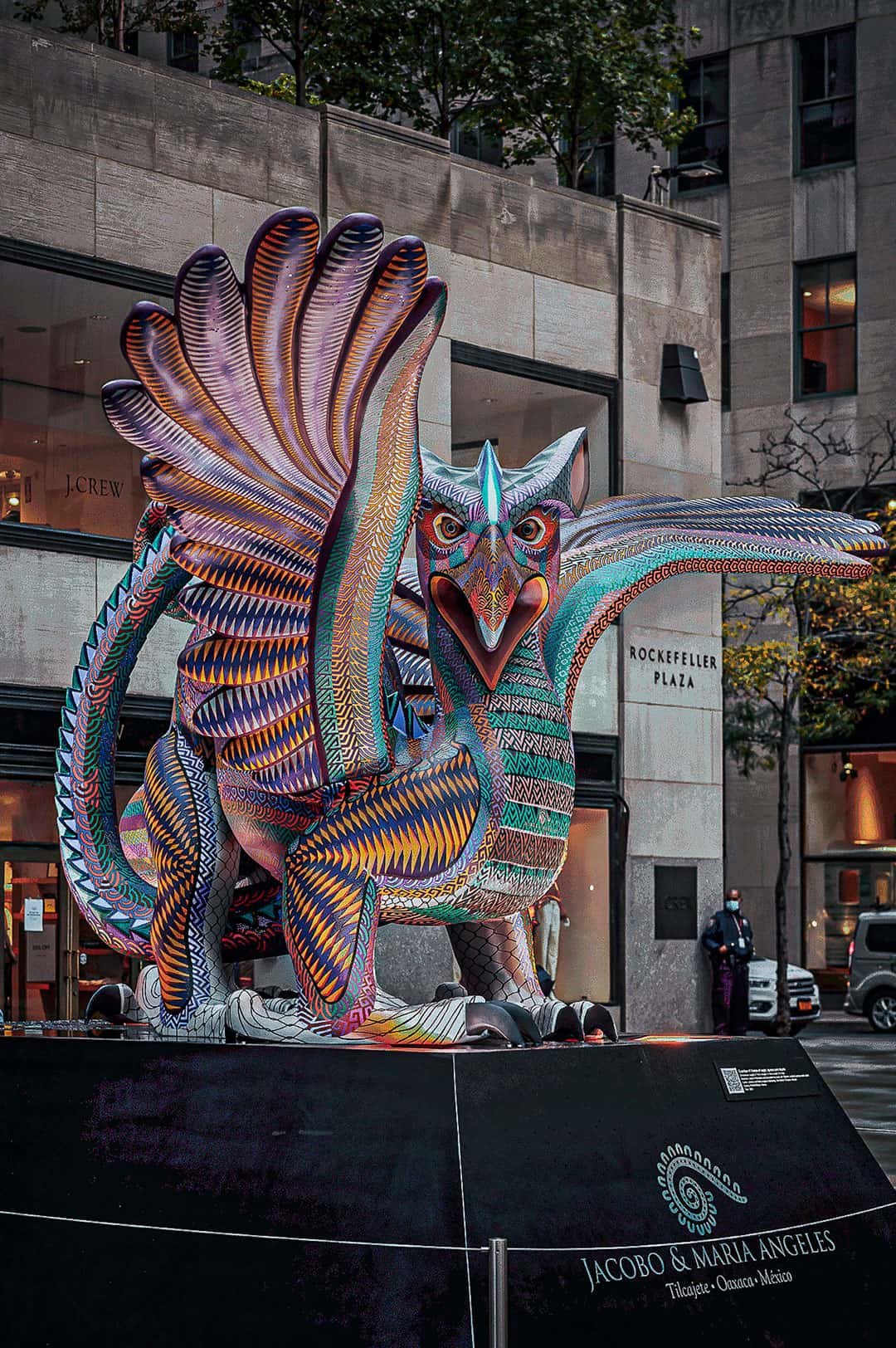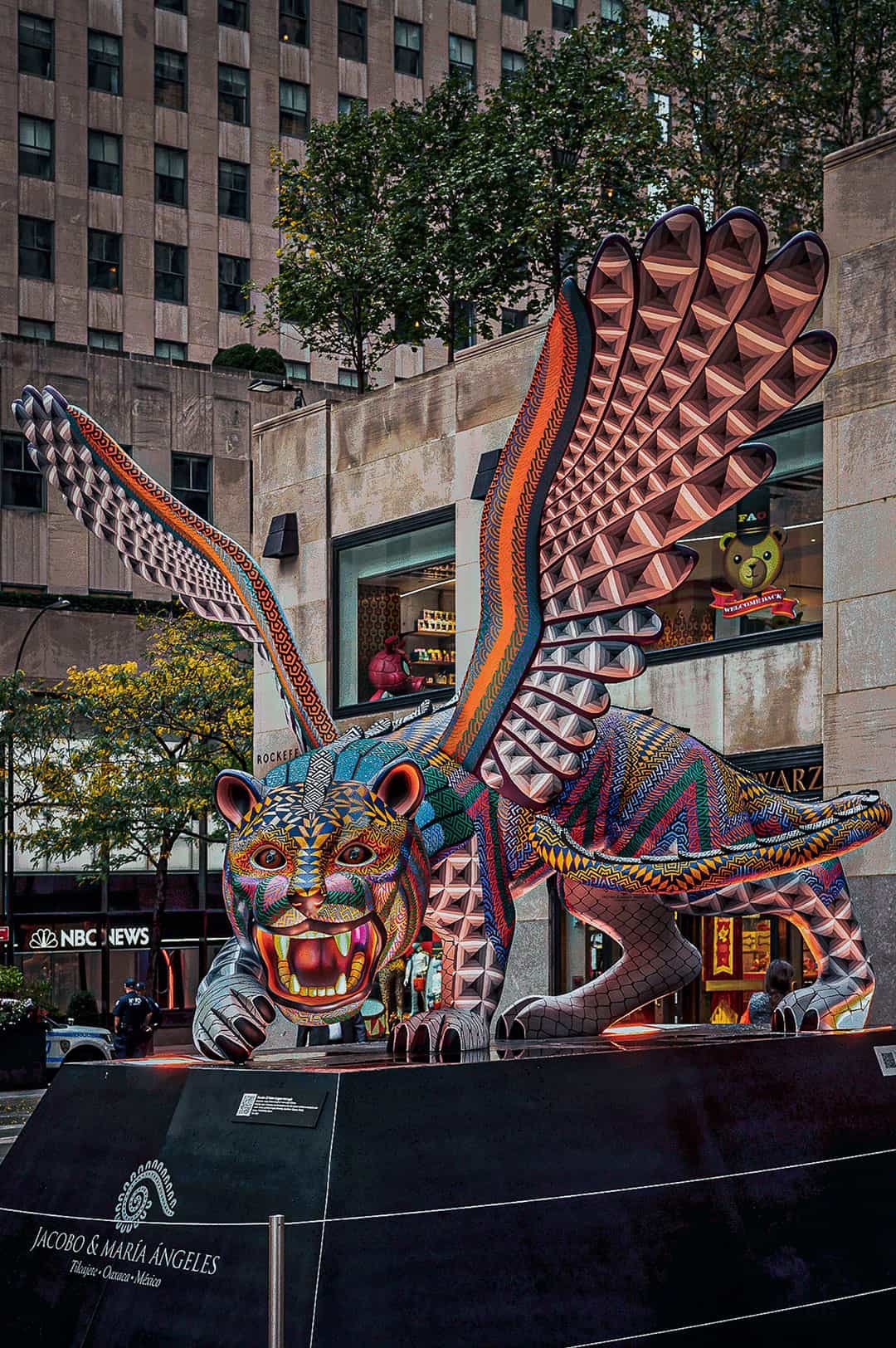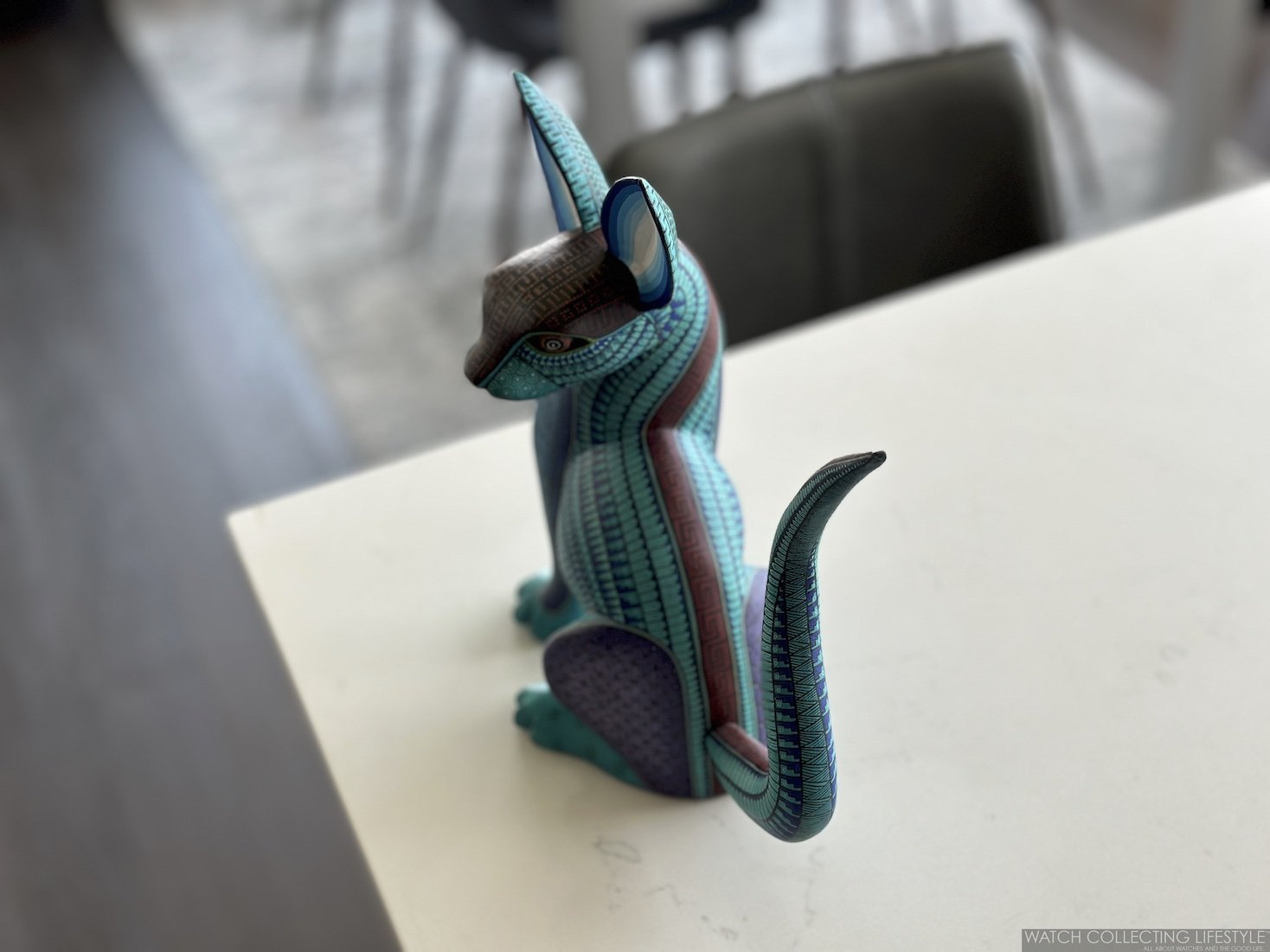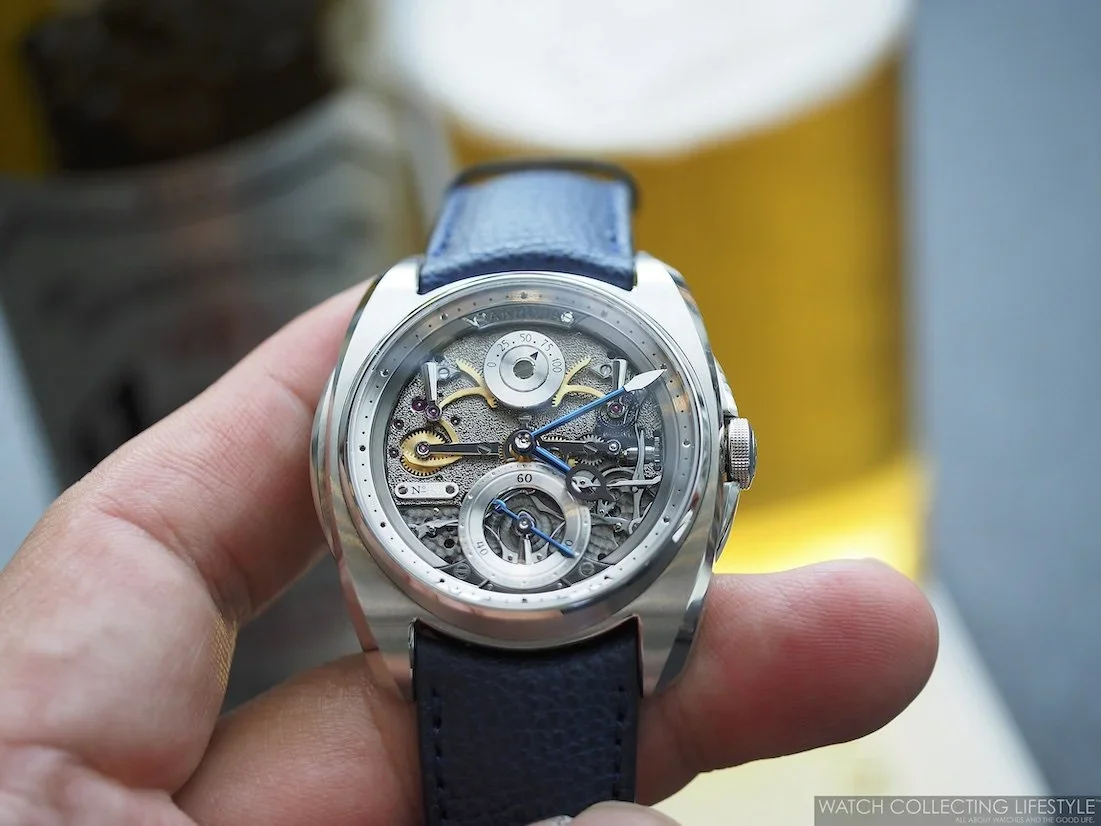Alebrijes, Tonas, and Nahuales are vibrant and captivating sculptures of Mexican folk art. The story begins with a visionary artist named Pedro Linares López. Born in Mexico City in 1906, Pedro grew up in the vibrant neighborhood of La Merced, known for its bustling markets and traditional art scene. From a young age, Pedro displayed a talent for sculptures and papier-mâché works of art, which he learned from his family, who were artisans themselves.
In the 1930s, Pedro Linares found himself gravely ill, suffering from a severe fever that led to vivid and haunting dreams. These dreams were filled with mythical creatures and surreal landscapes. The creatures that appeared to him were half-animal, half-monster beings, adorned with an array of colorful patterns and shapes. Amidst his delirium, these magical creatures chanted the word alebrijes in a strange, ethereal language, and he understood that this was the name of these mysterious creatures.
As he recovered from his illness, Pedro felt a burning desire to bring these creatures from his dreams to life. Drawing inspiration from the local folk art of Mexico and his fantastical visions, he began crafting sculptures of the alebrijes using papier-mâché. His talent and imagination were so extraordinary that his art quickly caught the attention of collectors and fellow artists.
Now exclusively hand carved from copal tree wood, these sculptures are inspired by the Zapotec culture. Alebrijes, Tonas —spirited animals that turn into Nahuales over time—, and Nahuales —magical creatures that can transform from human form to animal form according to the ancient Zapotec culture— are known for their intricate detailing and bold, eye-catching colors with Mesoamerican fretwork and friezes as seen in the ancient Mixtec-Zapotec archeological ruins of Mitla in the state of Oaxaca, Mexico.
Just like an MB&F watch, each piece tells a story, as these mythical creatures often incorporate elements from different animals, blending them together in a harmonious display of creativity.
From graceful winged horses, cat-dog hybrids, and fierce dragon-like creatures, Alebrijes are a testament to the rich cultural heritage of Mexico and the boundless imagination of its artisans. These unique sculptures have captivated collectors and art enthusiasts, both locally and internationally, who appreciate the vivid beauty and cultural significance that Alebrijes embody.
These sculptures like the wrist sculptures from MB&F are magical, whimsical, and developed in a way where artistry meets craftsmanship and the most original and unparalleled designs. Fully created by hand in the town of San Martín Tilcajete —in the state of Oaxaca— Mexico, the Alebrijes, Tonas, and Nahuales come in different shapes, forms, and captivating colors, very much like the horological machines from MB&F that we like to refer to as kinetic wrist sculptures.
Furthering the popularity of these sculptures and elevating their craftsmanship and value, in 1994, a couple formed by Jacobo and María Ángeles opened up a workshop in San Martín Tilcajete, Oaxaca. Back then, their small town was not what it is today, and thanks to their tenacity and vision, San Martín Tilcajete is now the mecca for wood-carved and hand-painted Alebrijes, Tonas, and, Nahuales. Today, their workshop has crossed borders and has elevated these works of art, turning them into highly-priced possessions and collectible unique pieces where no two of them are alike.
These wood-carved Zapotec figures have been exhibited throughout Mexico, the United States, Japan, Germany, Brazil, and Spain. For a short period of time during the Día de los Muertos timeframe in 2021, two of these magical creations arrived at Rockefeller Center in New York City for a temporary exhibition named ‘The Guardians’. The two extremely large handmade sculptures created at Jacobo & María Ángeles’ workshop were destined to live in New York City, with the mission of accompanying and protecting all Latin American, Mexican, and Oaxacan migrants, who live or are about to arrive in the United States looking for a better future for their families. After being on display at Rockefeller Plaza, one of the sculptures was placed at the Visitors Plaza outside the United Nations in New York City and later removed.
With production times that take anywhere between nine months to two years for each sculpture —exclusively using natural tints and paints—, these are priced anywhere between $1,500 USD and $50,000 USD depending on their size and complexity, these magical creatures turned into sculptures are just as magical as wearing an MB&F Horological Machine LM101 on the wrist.
For more info on Jacobo & María Ángeles workshop click here and for MB&F here.



